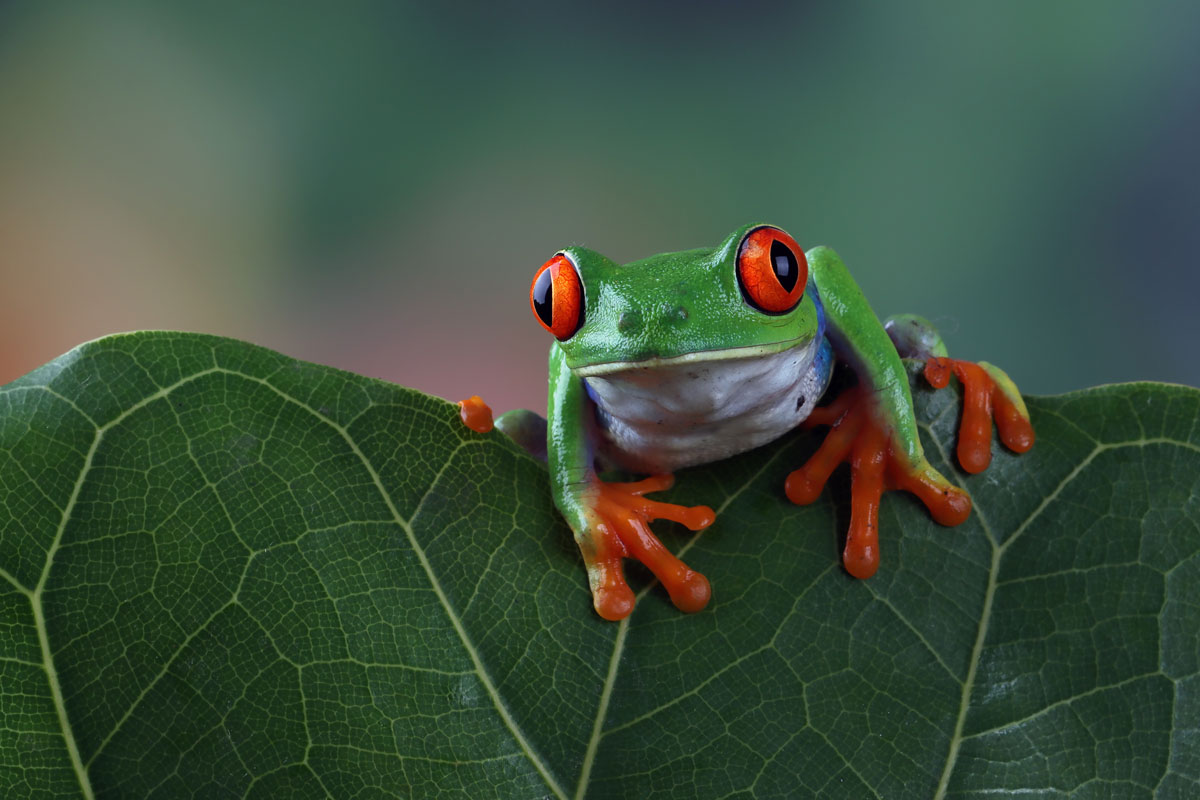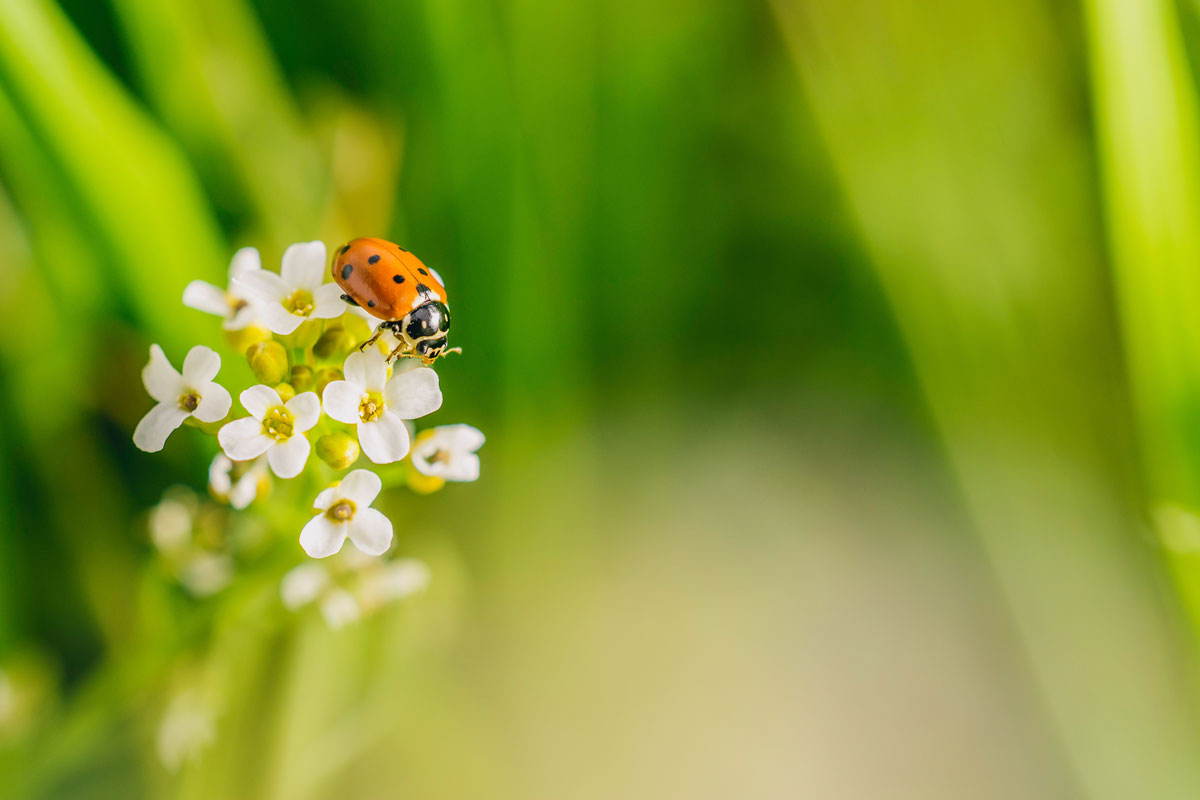Study reveals that climate change could become the main cause of biodiversity loss by 2050
According to a study published today (Friday, 26) in the prestigious Science magazine, global biodiversity decreased between 2 and 11% throughout the 20th century, a decrease resulting exclusively from changes in land use.
The projections presented in this research suggest that, by the middle of the 21st century, climate change could become the main cause of biodiversity loss.
The scientific article Global trends and scenarios for terrestrial biodiversity and ecosystem services from 1900 to 2050 – the largest study using climate models carried out to date – was led by the German Center for Integrative Biodiversity Research (iDiv) and the Martin Luther University of Halle-Wittenberg (MLU), and included the participation of several Portuguese researchers, including the professor at the Faculty of Letters at the University of Coimbra (FLUC), Carlos Guerra.
The Intergovernmental Science-Policy Platform on Biodiversity and Ecosystem Services (IPBES) considers that changes in land use are one of the main causes of biodiversity loss. However, scientists are divided on the extent of this decline in recent decades.

To better answer the question, the research team used climate models to calculate the impacts of changes in land use on global biodiversity throughout the 20th century, concluding that there was a decline of between 2 and 11%, a range that covers four indicators of biodiversity calculated by seven different models. Scientists compared thirteen models to calculate the impact of changes in land use and climate change on four different biodiversity indicators and nine ecosystem services.
“The inclusion of all regions of the world in our model made it possible to fill several gaps and counter the criticisms of other approaches that work with partial and potentially biased data”, says the first author of the study, responsible for the iDiv and MLU research group and researcher at the Research Center for Biodiversity and Genetic Resources at the University of Porto, Henrique Pereira. “All approaches have their pros and cons, but we think our modelling methodology provides a more comprehensive estimate of global biodiversity trends,” he adds.
Using another set of five models, the researchers also calculated the simultaneous impact of changes in land use on so-called ecosystem services, that is, the benefits that nature makes available to human beings. In the last century, there was a massive increase in provisioning services, such as food and timber production. On the other hand, regulatory services, such as pollination, nitrogen fixation or carbon sequestration, saw a moderate decrease. The researchers also analyzed the potential dynamics of the evolution of biodiversity and ecosystem services. For these projections, they integrated climate change into their calculations as a growing and determining factor in changes in biodiversity.
The results of the study indicate that climate change will have an increased negative impact on both biodiversity and ecosystem services. Although changes in land use will continue to play an important role, climate change will tend to become the main cause of biodiversity loss by the first half of this century.
The team evaluated three widely used scenarios, from a sustainable development scenario to one with high greenhouse gas emissions. In all scenarios, the combination of the impact of changes in land use and climate change results in a loss of biodiversity in all regions of the world, although there are significant variations between regions, models and scenarios. For UC professor, Carlos Guerra, “this study illustrates very clearly the impacts that result from human actions on the planet and on the biodiversity on which we depend and the dimension of the changes that are occurring all over the world ”.

“The objective of long-term scenarios is not to predict what will happen, but rather to identify alternatives so that we can avoid less desirable scenarios, and know how to choose those that have positive impacts”, says the researcher from the University of York and co-author of the article, Inês Martins. “These are processes that depend on the decisions we make daily”, he adds.
The authors also point out that even the evaluated “sustainable development” scenario does not use all the measures that can be implemented to protect biodiversity in the coming decades, such as, for example, the production of bioenergy. A fundamental component in the sustainability scenario, which can help mitigate the impact of climate change, it can, however, also lead to a reduction in habitat diversity. None of the scenarios evaluated considered measures to increase the effectiveness and coverage of protected areas or rewilding. [‘renaturalization’] on a large scale.
“Assessing the impact of concrete biodiversity policies helps identify more effective measures to safeguard and promote biodiversity and ecosystem services”, says the researchers. “There will certainly be modelling inaccuracies,” they add. “Still, our results clearly show that current policies are insufficient to achieve international biodiversity goals. We need renewed efforts to make progress against one of the world’s biggest problems, which is human-caused biodiversity loss “, conclude the scientists.
The scientific article is available here.
Follow us on Facebook, Twitter, Instagram, Youtube, and TikTok and see the exclusive content for social networks.





